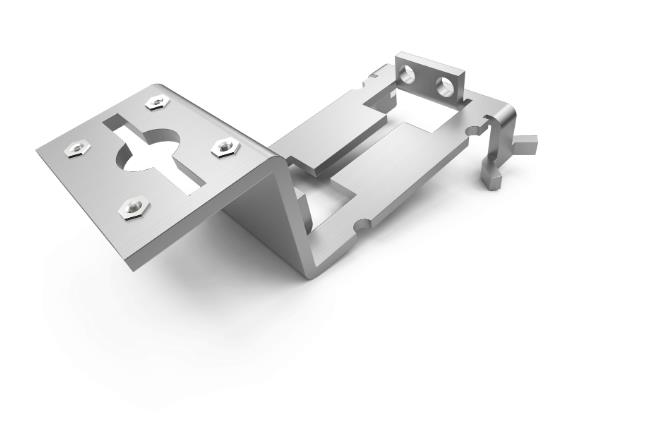Accelerating Projects with Rapid Sheet Metal Prototyping
Rapid sheet metal prototyping is a crucial phase in the development of metal components and assemblies, offering a swift and cost-effective way to test ideas and make improvements before full-scale production. This approach utilizes cutting-edge technologies and processes to produce high-quality prototypes that closely mirror the final product.

Advantages of Rapid Prototyping
Speed to Market
- Quick Turnaround: Utilizing advanced fabrication techniques, rapid sheet metal prototyping significantly reduces the time from design to prototype, often delivering parts within days. This speed allows companies to test concepts quickly and move to production faster, providing a competitive edge in the market.
Cost Efficiency
- Reduced Development Costs: By identifying design issues and necessary changes early in the development cycle, rapid prototyping minimizes costly revisions during production stages, saving both time and money.
Prototyping Technologies and Processes
Cutting and Forming
- Laser Cutting: Offers precision cuts at high speeds, suitable for complex designs and intricate details.
- CNC Bending: Ensures accurate bends and folds, critical for assembling prototype parts that meet precise dimensional requirements.
Joining Techniques
- Welding: TIG and MIG welding are common for assembling metal prototypes, allowing for strong and durable joints.
- Fasteners and Adhesives: Used for temporary or non-structural joints, enabling easy disassembly and adjustments.
Material Selection and Finishing
Versatile Material Options
- Material Diversity: Prototyping services offer a wide range of materials, including aluminum, stainless steel, and brass, allowing for testing under real-world conditions to ensure the prototype’s performance matches the final product's requirements.
Custom Finishes
- Surface Treatments: Options like powder coating, anodizing, or plating not only protect the prototype but also give it a finish similar to the production version, important for aesthetic and functional testing.
Quality Assurance and Testing
Precision Inspection
- Dimensional Verification: Using tools like Coordinate Measuring Machines (CMM), prototypes are inspected for dimensional accuracy, ensuring they meet all specified tolerances.
Performance Testing
- Functional Testing: Prototypes undergo testing to assess their performance, durability, and suitability for the intended application, allowing for further refinements before committing to mass production.
Streamlining the Development Process
Collaboration and Feedback
- Design Iterations: Rapid prototyping facilitates a collaborative process between designers, engineers, and fabricators, enabling quick feedback and multiple design iterations without significant delays or expenses.
Integration with Production
- Seamless Transition to Production: Once the prototype is finalized, the rapid prototyping process ensures a smoother transition to full-scale production, with many of the same techniques and materials already vetted and understood.
Conclusion
Rapid sheet metal prototyping is an invaluable tool in the product development lifecycle, offering speed, flexibility, and cost savings. By leveraging advanced fabrication technologies, diverse material options, and comprehensive testing, businesses can refine their designs efficiently and accelerate their projects from concept to market.